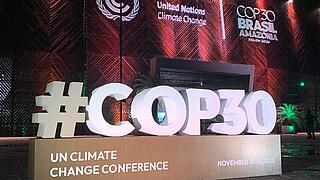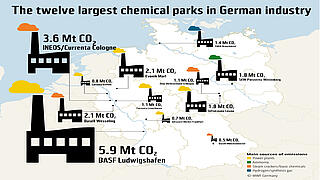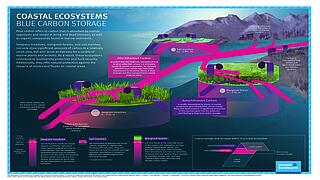The transformation of the financial system offers significant scope for transitioning to more climate change mitigation and sustainable management of global resources. On the one hand, achieving the Sustainable Development Goals (SDGs) will require substantial investment on a global scale. On the other, vast sums are still being channelled into credit facilities, funds, shares, bonds and other financial products that meet few, if any, environmental and ethical criteria. Redirecting global financial flows is therefore a key lever in mobilising financial resources for sustainable investment and removing the basis for socially or environmentally harmful business ventures.
In their studies, the Oeko-Institut’s experts look at what needs to change within the financial system in order to promote sustainable global development. They identify the levers that can be activated in order to integrate sustainability criteria into capital and investment decisions while maintaining financial market efficiency and stability.













